
Iyad el-Baghdadi is president of the Kawaakibi Foundation, a nonprofit organization focused on the future of liberty in the Muslim world.
It’s been two years since Saudi Arabia’s Crown Prince Mohammed bin Salman announced a national transformation project to structurally overhaul the Saudi state. His “Vision 2030” reform program aims to change the kingdom into a “normal country,” with a post-oil economy and a post-Wahhabi Islam.
Economic reform is the driver behind Vision 2030 – the International Monetary Fund has warned that Saudi Arabia will run out of cash without serious structural reform – but other reforms are no less important. Increasing labor participation by women, for example, requires lifting such restrictions as the driving ban (which is set to end on June 24).
Perhaps the most head-turning change is the transition away from Wahhabism, the arch-conservative version of Islam that had long been allied with the Saudi state. The government has recently stopped all funding to Wahhabi institutions outside Saudi Arabia and severely curtailed the powers of the religious police. Curbing the Wahhabis is great news for everyone. They are extremist, regressive, sectarian, and had received Saudi state support to spread their ideology across the globe, often to destructive effect.
The rest of the international community has a direct stake in the success of Saudi Arabia’s reform effort. Should Vision 2030 fail, we’ll be facing an explosion of instability at the very heart of the Arab and Muslim world. Unfortunately, the 32-year-old in charge of Vision 2030 – Mohammed bin Salman himself – has become a threat to his own project.
Vision 2030 represents, at its core, a new Saudi social contract. But the way the crown prince is rewriting this contract should give us pause.
The Saudi system of governance prior to his rise could be described as a consultative authoritarianism. The king would seek and receive advice from senior members of the royal family, as well as trusted court advisers. In a series of drastic steps, including the roundup of rival princes, the crown prince has effectively dismantled the old structure. Saudi Arabia is now the absolute monarchy that it wasn’t under King Abdullah, King Fahd or any of their predecessors.
Some have argued that serious reform would be impossible without a consolidation of power. But the crown prince’s efforts have gone from the decisive to the destabilizing. His recent shakedown of leading business figures had nothing to do with the rule of law and may have spooked investors. Recent figures show that foreign direct investment hit a 14-year low in Saudi Arabia last year (compared to an 8 percent rise in the neighboring United Arab Emirates).
In any case, the crown prince should have done away with the old system by allowing citizens space to have a say in the new Saudi Arabia that he is envisioning for them – allowing them to co-sign their new social contract. He is doing precisely the opposite.
Among those arrested so far is Essam Al Zamel, a young economist who ran the figures on Vision 2030 and offered criticisms and suggestions for improving it. Recent reports indicate he is being set up for serious charges that would justify long-term imprisonment.
He has also arrested moderate religious figures, including the young intellectual Abdullah Al Maliki, and ex-Wahhabi Muslim reformer Hassan Farhan Al Maliki. These figures could be effective advocates for religious reform, but instead they are facing charges that could put them away for a long time, alienating their support base.
Most recently, the crown prince has arrested Saudi Arabia’s leading women’s rights activists – including Loujain Al Hathloul, Eman Al Nafjan, and Aziza Al Yousuf – charging them with treason. These women have a long history of advocating for social reforms. But the government has treated them like threats instead of potential allies.
In short, the crown prince is promising economic reform while imprisoning economic reformers; he’s promising religious reform while imprisoning religious reformers; he’s promising social reform while imprisoning leading feminists. As he silences the once dynamic Saudi public sphere, note how these voices are being replaced: thousands of bots are flooding Saudi social media, many with pictures of the crown prince, cheering his every move.
The decision-making of the world’s largest oil exporter is now in the hand of a small number of individuals with no consultative process in place, and with dissenters immediately jailed.
Many of the crown prince’s big moves have deteriorated into protracted wars of attrition, such as the war in Yemen or the feud with Qatar. His mass arrest of the leading women’s rights activists is another potential quagmire.
Not only does it quite rightly tarnish his image among the global women’s rights community (in the age of #MeToo, no less), but it also threatens his economic reform agenda, considering that the crown prince’s ordered the detentions after a high-profile visit to the United States in which he met leading celebrities and business leaders. A war of attrition with the global women’s rights movement is not one that he is likely to win, despite his huge PR budget.
The crown prince should release the women’s rights activists, drop all charges against them, and allow them to continue their careers freely. That would be the best way to reassure the world that the reforms are real and remain on track.
For the sake of global stability, Saudi reforms need to be saved from Mohammed bin Salman’s absolutism and heavy-handedness. History shows that governments with no tolerance for dissent usually end up creating disasters.


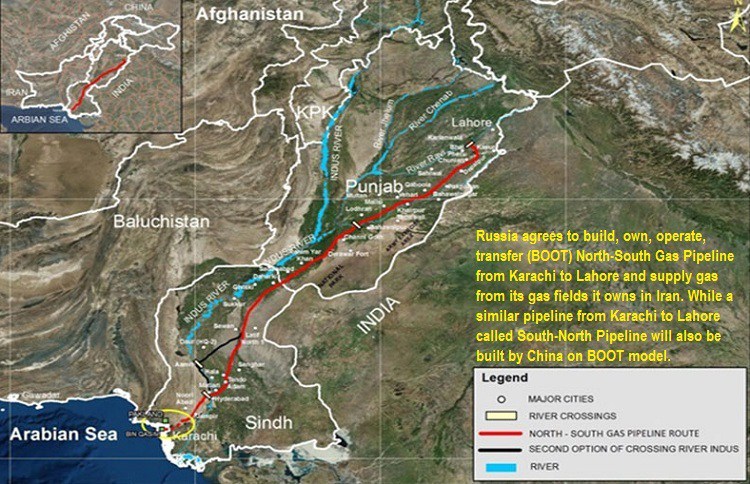
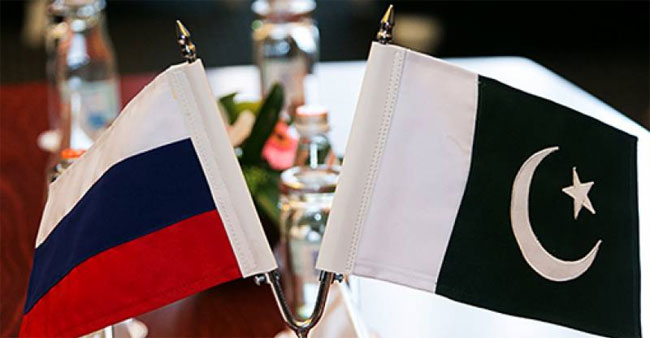



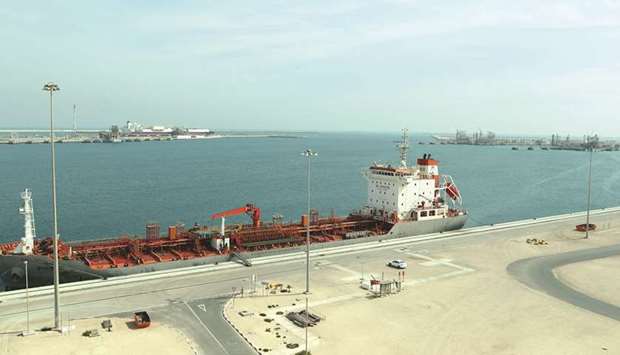
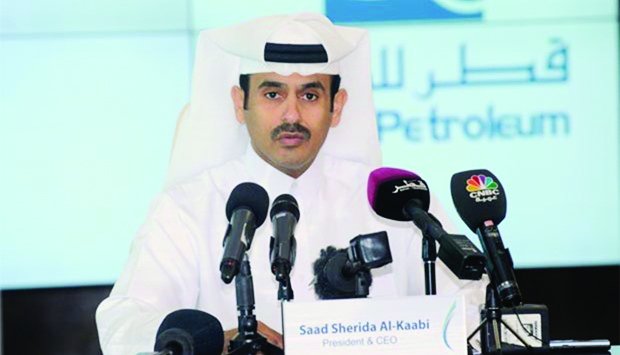

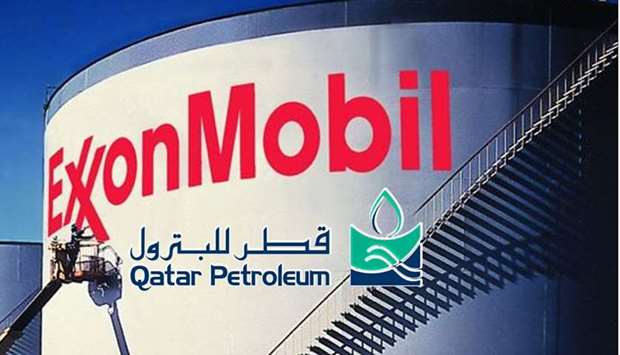

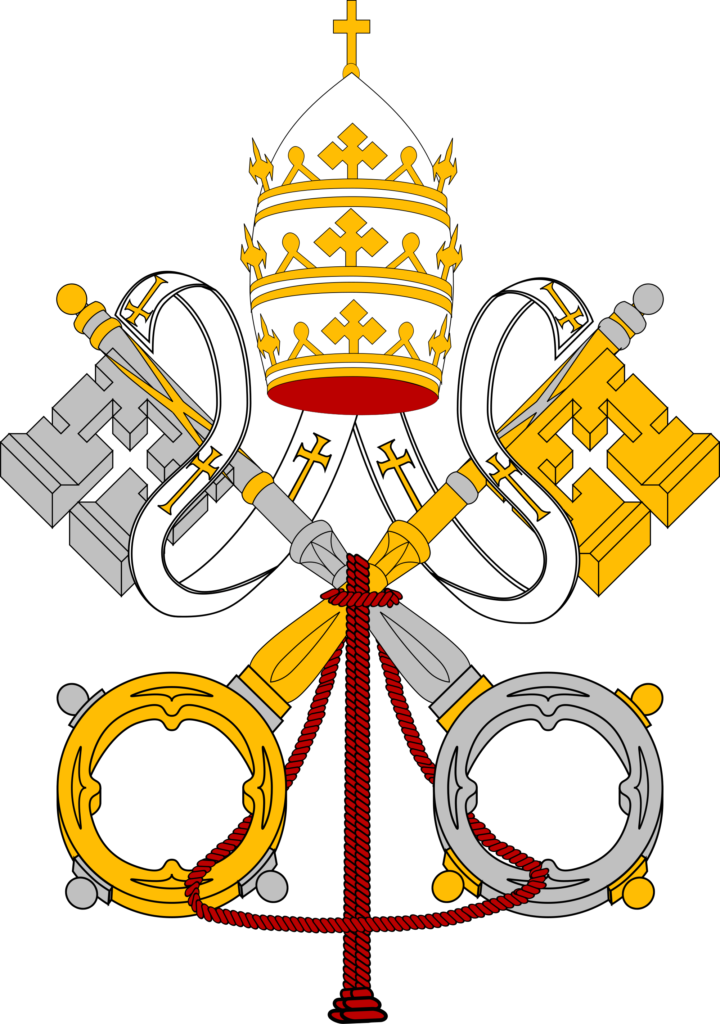
PARIS – In April, governments from around the world agreed to a $13 billion capital increase for the World Bank Group, sending a clear signal that multilateralism is far from dead. The additional funding will strengthen the WBG’s capacity to support development projects around the world. But it also raises critical questions about how best to deploy the new funds and raise public capital in the future.
Meeting the 2030 United Nations Sustainable Development Goals(SDGs), as well as the WBG’s own goal of taking development finance from “from billions to trillions,” requires maximizing the potential of the latest capital increase. And to do that will require building a new architecture for development finance, so that a multitude of actors operating with limited resources have incentives to optimize performance, pursue joint action, and avoid duplicating one another’s efforts.
A new framework will force all stakeholders – including the WBG, regional development banks, bilateral agencies, the European Investment Bank (EIB), and other institutions – to reexamine their role in the larger system. We know from past experience that by strengthening the WBG, the use of public and private capital in development finance could become more fragmented. To avoid that outcome, we need a system that motivates diverse parties to work together transparently.
A key focus should be on reinforcing the “billions-to-trillions” approach, which focuses on mobilizing private-sector capital and ensuring the best use of public-sector capital. Accordingly, the increase in public money must not be allowed to deter private-sector contributions through hidden competition or a “crowding out” effect. Addressing these concerns will require a more clearly defined division of labor when it comes to allocating risks and responsibilities.
Moreover, it is time to rethink official development assistance (aid from governments), which remains crucial for alleviating poverty, protecting human dignity, and financing basic services for people in places where no other financial resources are available. Owing to limited investment in the SDGs, ODA must be deployed in such a way that it attracts additional financing, or channels existing resources through blended-finance (public-private) mechanisms.
As majority shareholders in the multilateral development-bank system, the largest contributors of ODA have a key role to play in aligning public- and private-sector incentives. By coming together, they can steer the international community toward a system based on shared goals and collective responsibility.
The WBG’s capital increase offers reassurance at a critical moment for multilateralism. But it should not be treated as an excuse to stop innovating, or to take the easy route of relying solely on public capital, while avoiding the difficult task of pursuing blended-finance approaches. Rather, we must seize the moment to address the sources of fragility, conflict, and violence around the world, and to create an encouraging environment for more private-sector investment. Only by maintaining the current momentum can we move the SDG agenda forward.
Until now, blended-finance mechanisms for mobilizing private capital have been used mostly in relatively stable middle-income countries. According to a recent OECD study, nearly 43% of the private finance raised by such mechanisms between 2012 and 2015 was used in upper-middle-income countries, while only 7% was put to work in the least-developed countries.
It is vitally important to expand the use of blended finance in fragile and low-income countries. Development banks’ private-sector arms will need to do more to target their capital outlays in ways that mitigate risk and attract private-sector capital, rather than inadvertently crowding it out.
The world is just a few years into the SDG agenda. But it is already clear that achieving it will require new incentives for public and private actors to direct investments toward those who are at risk of being left behind. That means creating a system in which public funds are consistently targeted at the right areas, and for the right purposes.
At a time of populist agitation against multilateral institutions, the WBG’s capital increase is a notable achievement in itself. But the current political environment makes it all the more important that we get the next phase of development finance right. We must stay focused on building and maintaining a cohesive architecture for meeting the SDGs and other international commitments, such as those embodied in the Paris climate agreement.
Change will not happen on its own. So, rather than being at the mercy of global financial flows, we must harness finance as a tool for achieving our goals. Doing so will require genuine, long-term engagement on the part of “shareholders,” and pressure from engaged citizens the world over.